Journal of Archaeological Method and Theory ( IF 3.2 ) Pub Date : 2024-06-29 , DOI: 10.1007/s10816-024-09659-4
Idaira Brito-Abrante , Amelia Rodríguez-Rodríguez

|
This experimental study aims to contribute to functional analysis research on tools which specifically served to work wood and non-woody plants. They were made of obsidian and other volcanic rocks (basalt, trachyte, and phonolite) characterised by an amorphous matrix and phenocrysts of different number and size. In spite of prior functional analysis research resorting to these raw materials, there remain gaps in our understanding of specific activities. The work thus focused on working different types of wood from the Canary Island as well as on harvesting cereals. It is likewise centred on craftwork, especially regarding certain rarely studied contact materials such as palm leaves and rushes. The results reveal use-wear differences stemming from working woody and non-woody plants with both obsidian and other volcanic rocks. A special attention was given to the identification and description of the different features depending on the raw materials and the characteristics of their knapped surfaces. Identifying the combination of attributes has been essential to attain more accurate diagnostics. There are limits to each of the types of raw materials. The surfaces of obsidian are easier to observe and allow more specific identifications. In turn, the heterogeneous surfaces of volcanic rocks with phenocrysts that require more to time to develop diagnostic traces render use-wear amongst these types of rocks more difficult to observe. It is possible to distinguish longitudinal and transversal actions between woody and non-woody plants on every rock. Actions related to basketry, such us splitting and scraping, are more complicated to identify. The state of the worked plant (dry or fresh) and the time of use are key factors to consider in each case.
中文翻译:

黑曜石和其他火山岩的使用磨损分析:工作植物资源的实验方法
这项实验研究旨在促进专门用于加工木材和非木本植物的工具的功能分析研究。它们由黑曜石和其他火山岩(玄武岩、粗面岩和响岩)组成,其特点是无定形基质和不同数量和大小的斑晶。尽管之前的功能分析研究利用了这些原材料,但我们对具体活动的理解仍然存在差距。因此,这项工作的重点是加工来自加那利群岛的不同类型的木材以及收获谷物。它同样以工艺品为中心,尤其是某些很少研究的接触材料,如棕榈叶和灯芯草。结果揭示了使用黑曜石和其他火山岩加工木本和非木本植物时产生的使用磨损差异。根据原材料及其打磨表面的特征,特别注意不同特征的识别和描述。识别属性组合对于获得更准确的诊断至关重要。每种原材料都有限制。黑曜石的表面更容易观察,并且可以进行更具体的识别。反过来,带有斑晶的火山岩的异质表面需要更多时间来形成诊断痕迹,使得这些类型的岩石的使用磨损更难以观察。可以区分每块岩石上木本植物和非木本植物的纵向和横向作用。与篮筐相关的动作,例如分裂和刮擦,识别起来更加复杂。加工植物的状态(干燥或新鲜)和使用时间是每种情况下需要考虑的关键因素。




















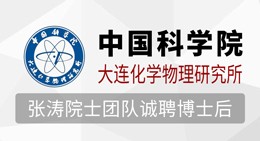
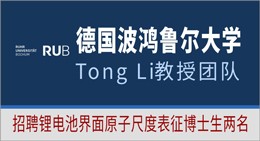

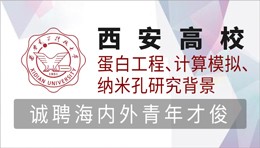
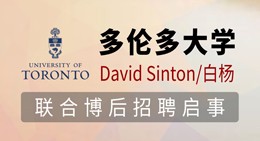

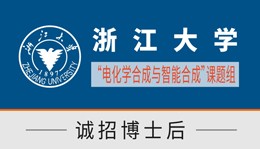
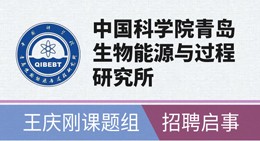
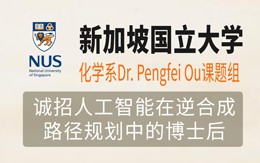
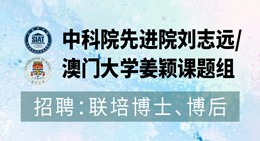



 京公网安备 11010802027423号
京公网安备 11010802027423号